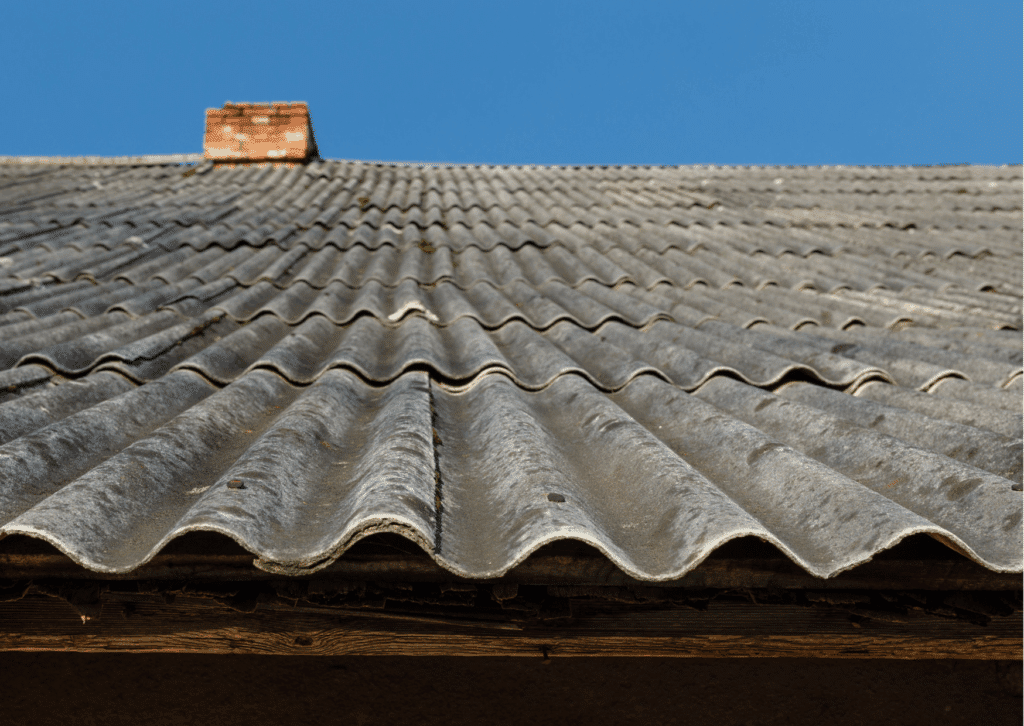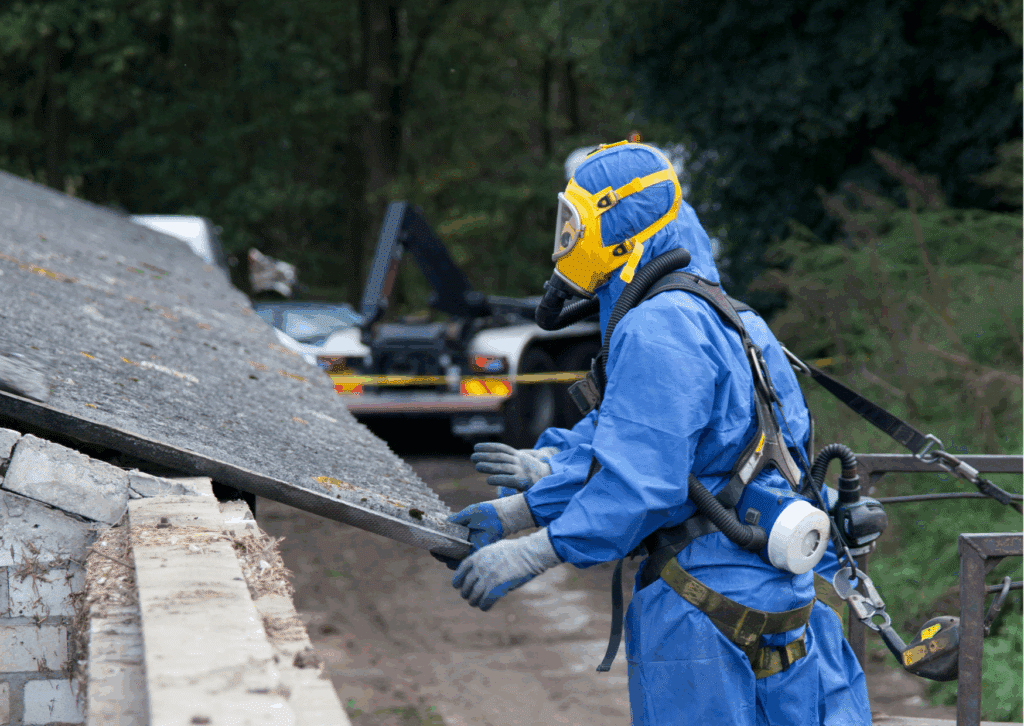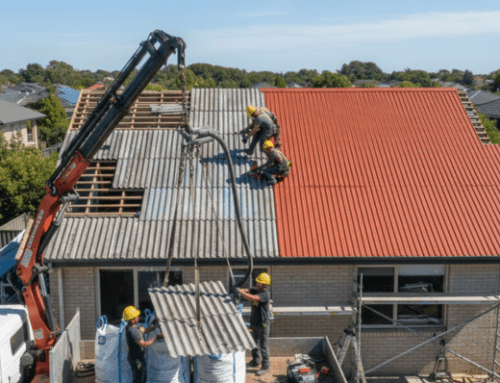As the weather begins to warm and spring approaches, many Brisbane homeowners start preparing their homes for seasonal maintenance. However, one critical area often overlooked is the roof. If your home was built before the late 1980s, there’s a good chance your roofing materials may contain asbestos. Identifying asbestos before spring storms and higher humidity set in is essential for maintaining safety, air quality, and the long-term health of your family.
At Brisbane Asbestos Roof, we’ve seen countless cases where undetected asbestos became a serious hazard simply because homeowners didn’t recognize the signs in time. This guide will help you understand what to look for, why seasonal timing matters, and how to safely confirm whether your roof contains asbestos.
The Hidden Risks of Aging Roofs: Why You Should Check Now
Many older homes across Brisbane were constructed with asbestos-containing materials, prized for their durability and fire resistance. Over time, these materials break down due to weather exposure, roof movement, and natural aging. Cracks, flaking, and wear can release dangerous asbestos fibers into the air, putting anyone nearby at risk of inhalation.

Checking your roof before spring is especially important because rising humidity and shifting temperatures can speed up the deterioration of old roofing sheets. As moisture seeps into weakened areas, it can loosen the structure of asbestos cement, leading to potential contamination both inside and outside your home. Early identification allows for proper management, removal, or replacement before the warmer, more volatile months arrive.
Telltale Signs Your Roof Might Contain Asbestos
Visual inspection can often give you initial clues that your roof might contain asbestos, though only professional testing can confirm it. Common signs include:
- Age of the property: Homes built or renovated before 1990 are the most likely to contain asbestos roofing.
- Material appearance: Asbestos cement sheets often have a fibrous texture, dull grey color, and wavy pattern.
- Roofing profile: Corrugated sheets known as “Super Six” were widely used in Queensland for decades and are a common indicator of asbestos roofing.
- Condition of the roof: Weathered, brittle, or powdery surfaces suggest that asbestos materials may be breaking down.
If you notice any of these characteristics, it’s important not to touch or disturb the material. Even small actions like drilling, cleaning, or painting can release microscopic asbestos fibers that remain airborne for hours.
Why Spring Weather Makes Asbestos More Dangerous
As spring approaches, Brisbane experiences fluctuating temperatures, heavier rainfall, and stronger winds. These seasonal changes can worsen the condition of aging asbestos roofs. Expanding and contracting materials may crack or delaminate, while increased moisture can cause sections to crumble or leak.
Spring also brings more household activity, such as roof cleaning, gutter maintenance, or solar panel installation—tasks that can unintentionally disturb asbestos if it’s present. Disturbance during these projects can expose residents and workers to hazardous dust. That’s why it’s best to identify and address any potential asbestos before spring begins, ensuring all necessary precautions and professional services are in place.
How to Safely Identify Asbestos Without Disturbing It
Homeowners can perform a preliminary assessment visually but should never attempt to remove or sample materials themselves. Asbestos fibers are invisible to the naked eye and can become airborne even with slight handling. If you suspect asbestos, keep the following safety tips in mind:
- Avoid walking on or pressure washing the roof.
- Do not scrape, sand, or paint over roofing materials.
- Keep children and pets away from the area until it has been inspected.
- Contact a licensed asbestos professional for evaluation.
Brisbane Asbestos Roof recommends scheduling an asbestos inspection if you are unsure about your roof’s composition. A simple test performed by trained experts can give you clear answers without putting anyone at risk.
When to Call in the Experts for Asbestos Testing in Brisbane
You should contact professionals for asbestos testing whenever your roof shows signs of wear, damage, or deterioration, or before beginning any renovation work. In Brisbane, licensed asbestos testers are trained to safely collect small samples and send them to accredited laboratories for analysis.
Professional testing is crucial because it not only confirms asbestos presence but also helps determine the condition and potential risk level of your roof. If asbestos is found, experts can provide safe management or removal options based on Queensland safety regulations.
Brisbane homeowners who rely on Brisbane Asbestos Roof benefit from comprehensive testing and expert guidance. Our certified team ensures every inspection meets the highest safety standards and provides clear, actionable reports.
What Professional Asbestos Roof Inspections Involve
A professional asbestos inspection typically includes several steps to guarantee safety and accuracy. Inspectors start with a detailed visual assessment, identifying materials that are likely to contain asbestos. They then take small, controlled samples under strict containment procedures.
The samples are sent to a NATA-accredited laboratory for microscopic analysis. Once results are confirmed, the inspection team provides a full report outlining the presence, type, and condition of asbestos, along with recommendations for removal or management.

These inspections also help property owners comply with legal requirements. In Queensland, failing to properly identify or manage asbestos in residential or commercial buildings can lead to regulatory penalties and health risks.
Home Safety Checks Before Asbestos Roof Replacement
If your roof tests positive for asbestos, planning for removal or replacement is the safest long-term solution. Before beginning any work, take these home safety steps:
- Notify all occupants about the project and restrict access to the roof area.
- Remove or cover outdoor furniture, plants, and vehicles near the worksite.
- Turn off air conditioning or ventilation systems to prevent fiber spread.
- Ensure that pets are kept indoors or away from the property during removal.
Professional asbestos removal specialists follow strict safety procedures, including sealing the work area, using protective equipment, and ensuring complete decontamination before leaving the site. Brisbane Asbestos Roof offers complete asbestos roof replacement services to restore safety, functionality, and peace of mind.
Why Brisbane Homeowners Trust ICON for Asbestos Roof Safety
Brisbane homeowners turn to licensed professionals for asbestos roof inspection and removal because safety is not something to take lightly. A qualified team ensures that the process is efficient, fully compliant, and free from risk.
At Brisbane Asbestos Roof, we specialize in asbestos identification, testing, removal, and full roof replacement across the Brisbane region. Our A-Class licensed technicians follow Queensland’s strict safety and disposal regulations, ensuring every project is handled with precision and care. Whether you’re dealing with aging asbestos sheets or planning a seasonal roof upgrade, our team provides a seamless, safe, and cost-effective solution tailored to your property.
As spring approaches, don’t wait for cracks or leaks to expose hidden dangers. Schedule an asbestos inspection now and take the first step toward a cleaner, safer, and healthier home. With the right testing and professional support, you can protect your family and your property for years to come.




